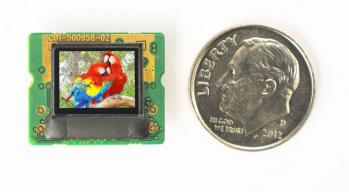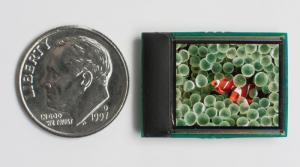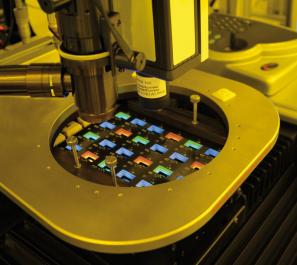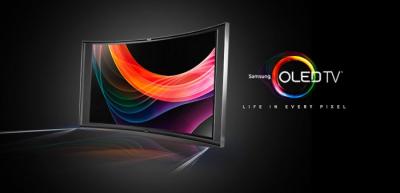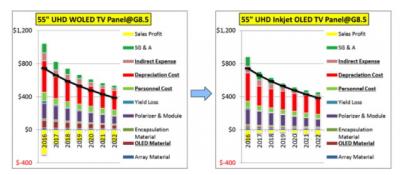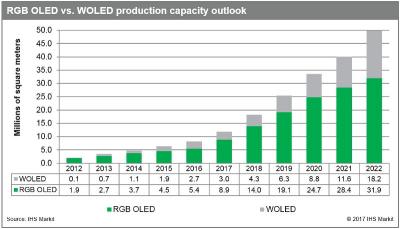Sharp has developed a 30" 4K rollable OLED panel
Sharp announced that it has developed, in collaboration with NHK, a 30" rollable 4K OLED panel on an IGZO backplane. This is a direct emission OLED, which sharp says is the world's largest ever produced (LG's OLEDs all use color filters).

Sharp's OLED panel is deposited on a thin-film substrate, and has a thickness of 0.5 mm. The display uses NHK's signal processing and panel driving technologies to "improve the brightness uniformity and video clarity".


